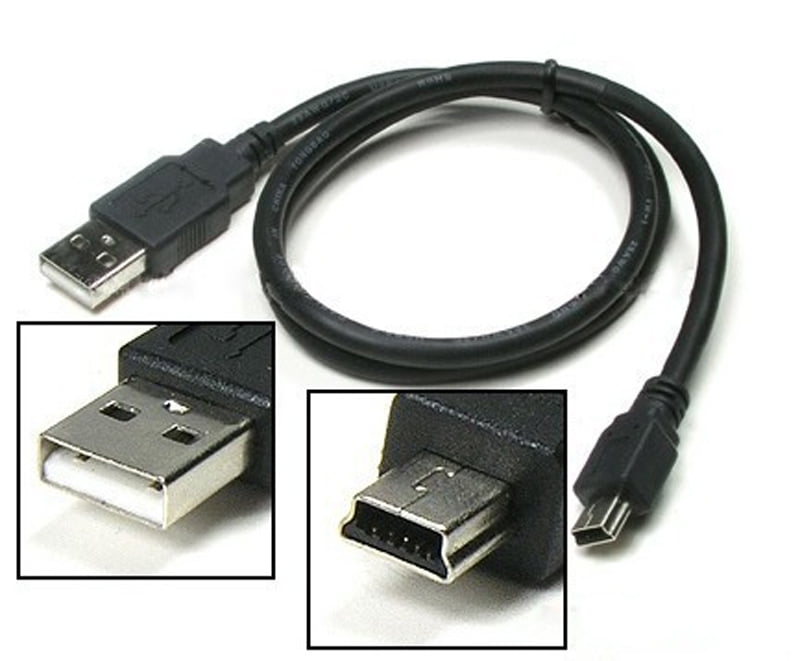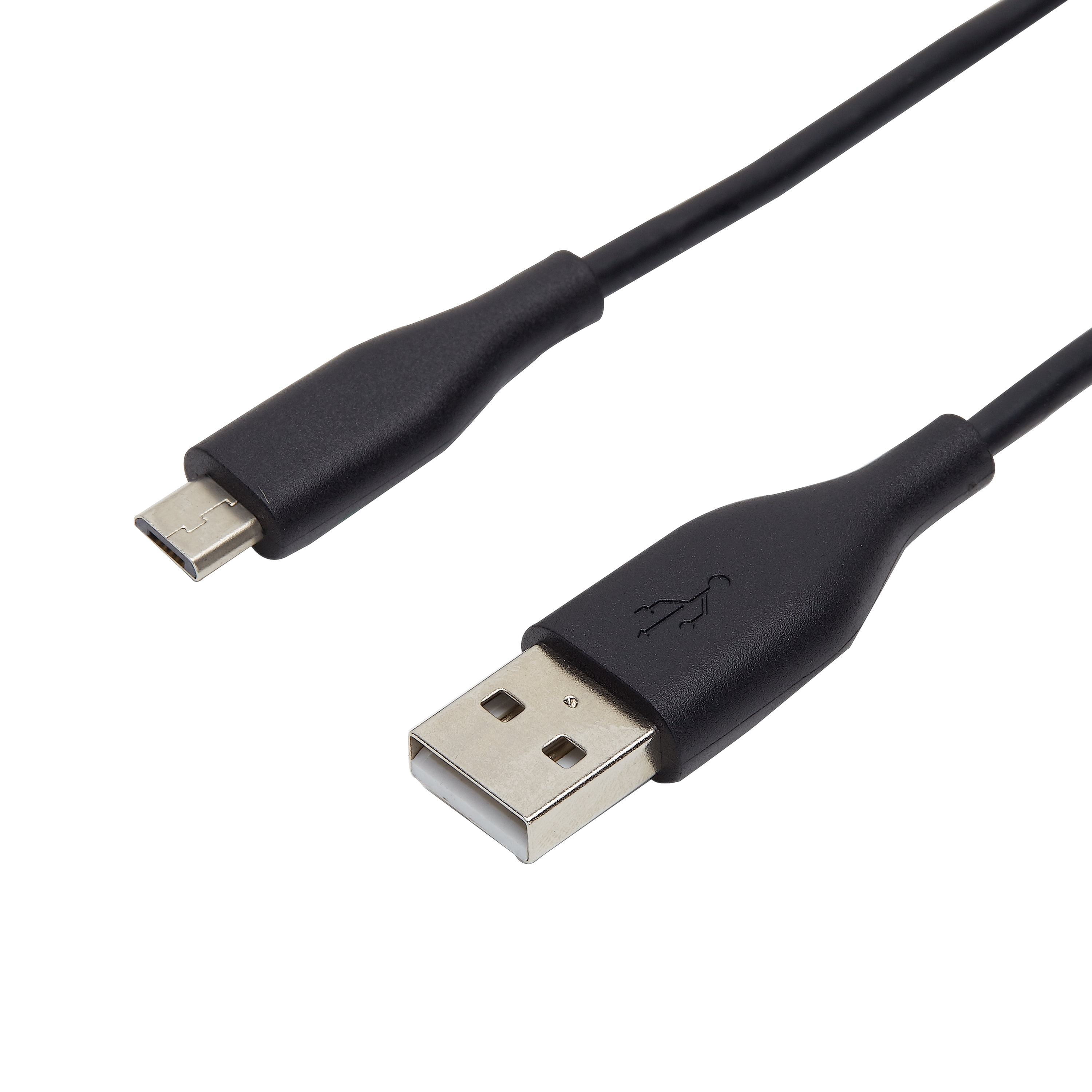

For more information on the USB-IF Logos, Logo Usage Guidelines, Marks Requirement Chart, and USB-IF Trademark License Agreement please visit. An example, a USB 20Gbps USB-C – USB-C cable that supports 20V at 3A must be marked with the Combined Performance and Power 20Gbps/60W logo.Ī USB High-Speed USB-C to USB-C cable is required to have the power icon but can optionally add the USB 2.0 trident or appropriate High-Speed logo as well.Ī USB-IF Trademark License Agreement is required for commercial use of the USB-IF logos. In addition to the power markings, in order to pass through the USB-IF Compliance Program, all cables except for High-Speed USB (USB 2.0) USB-C to USB-C cables, are required to be marked with the appropriate data rate they can support.

These markings must be checked before compliance testing can begin. The policy now extends to all USB-C to USB-C cables. The USB-IF now requires that all cables must be labeled with the 60W or 240W logo prior to compliance testing so that testing can confirm the intended display of such icons/logos. In order to pass through the USB-IF Compliance Program, all USB-C® to USB-C cables categories must be labelled with either a power capability of 60W or 240W by using the appropriate power icon and/or logo.

USB-C ® to USB-C ® Cable Logo Requirements To request an XID please visit the XID request page.
#Usb connector download
#Usb connector update
Subscribe to the USB-IF Compliance Update Mailing List by emailing. The updates may contain information on test requirements and/or test procedures. Since micro USBs are so small, they can be easily connected to compact devices, such as cellphones, tablets, digital cameras, smartwatches and many more.Please review the USB-IF Compliance Updates webpage frequently for the latest information regarding the USB-IF Compliance Program. It was first introduced in 2007 and quickly rose in popularity due to its versatility and ease of use.

#Usb connector portable
The micro USB was invented to make smaller, portable devices possible. The technology is available without charge for all computer and device vendors. The USB peripheral bus standard was developed jointly by Compaq, IBM, Digital Equipment Corp., Intel, Microsoft, NEC and Northern Telecom. Micro USB is also easier to connect and disconnect than different types of connectors. One of the main benefits of micro USB is its power delivery and data transfer speeds, which are better than other connectors, such as micro Digital Visual Interface, mini USB and micro High-Definition Multimedia Interface. This makes micro USB a more compact connector for mobile and compact devices, like smartphones and digital cameras. While standard USB ports are about 15 x 21 millimeters, micro USB ports are only 10-11 mm wide. The main difference between the micro USB and standard USB is size. The micro USB cable includes a single twisted pair to carry the electrical currents and signals needed to transfer data faster. The micro USB connector comprises four main parts: the plug, the housing, the contacts and the printed circuit board. To help with compatibility, some devices include an A/B dual port. Micro USB 3.0 ports can also accept standard micro type B cables. The micro type A connector was also phased out to favor the thinner, sturdier micro type B connector. Mini versions of the USB specification that preceded the micro versions have been phased out.


 0 kommentar(er)
0 kommentar(er)
